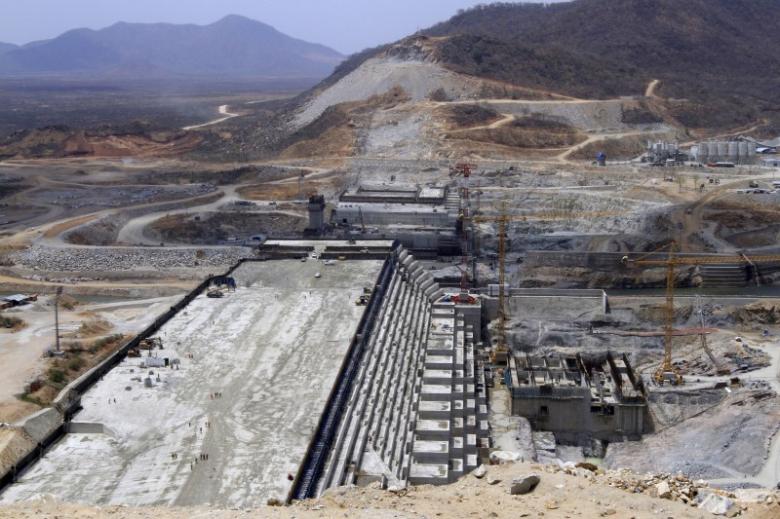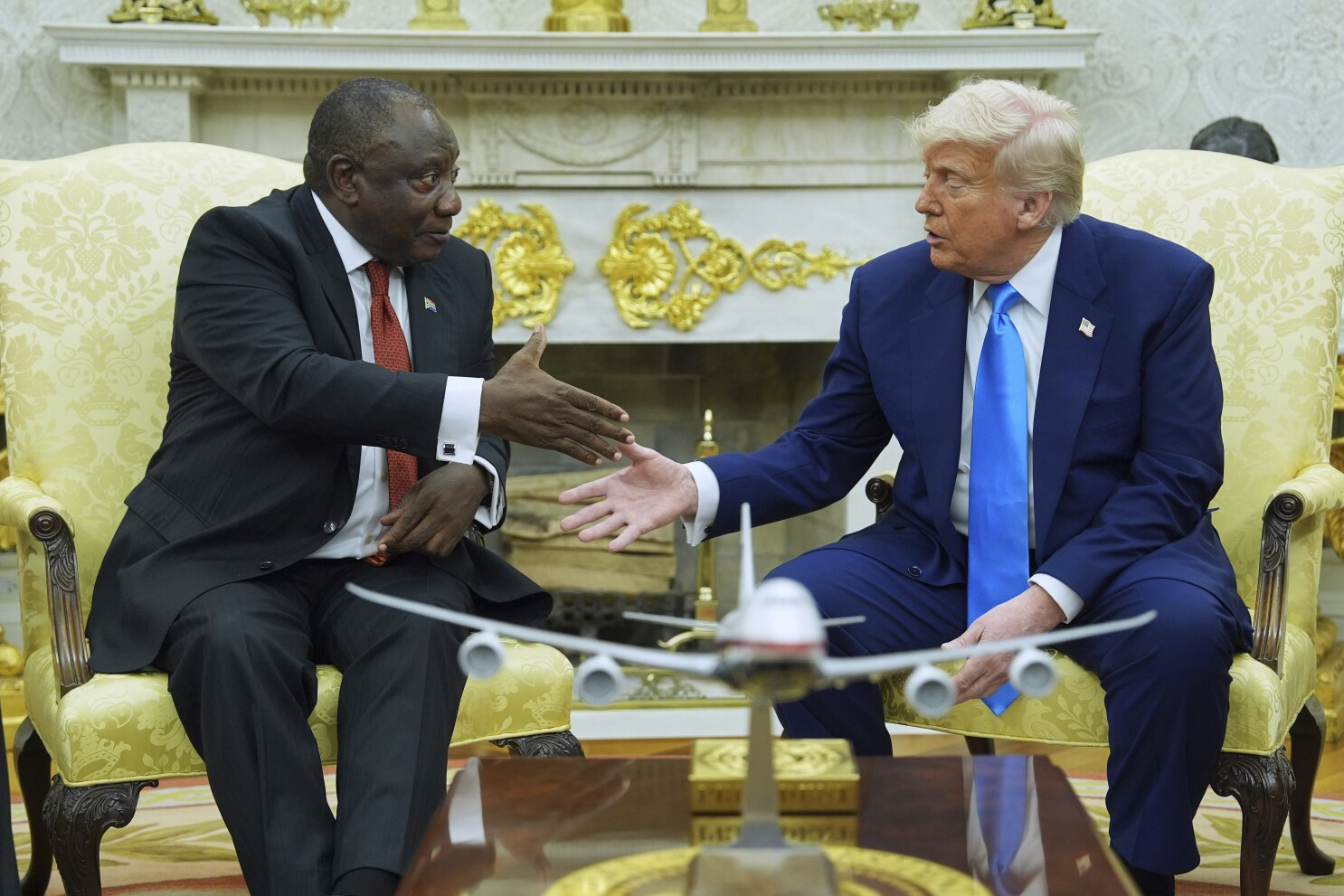
Ethiopia’s mega dam spat could lead to a regional crisis

Who controls the Nile River is a matter of geopolitics. There are nine countries in the Nile Basin and there have been rising tensions between several of them over control of the water.
The Grand Ethiopian Renaissance Dam is meant to make Ethiopia Africa’s largest exporter of electricity.
Located on the Blue Nile, a tributary of the Great Nile that ends up in Egypt, the Dam produces 6,000 megawatts of power to Ethiopia and is tipped to transform the country’s economy.
Reaction upriver in Sudan and Egypt has been negative. Egypt says the dam will disrupt the flow of the Nile which could potentially cripple the country’s agriculture sector.
Experts say Egypt could lose up to 25 percent of the Nile while the dam gets filled.
Egypt bases its claim on control of the Nile on a deal signed in 1959.
In 2015, Egypt and Ethiopia signed a cooperation agreement to study the impact of the dam that has yet to bear any fruit.
President Abdel Fattah EL-Sisi has been visiting Nile basin nation in a charm offensive.
Now, though, new tensions with Sudan are threatening a regional crisis.
On the Nile issue, Egypt believes Sudanese President Omar al-Bashir is siding with Ethiopia.
Cairo recently proposed to exclude Sudan from Nile talks.
Experts say Sudan is set to benefit from the dam – in terms of electricity and a reduction in flooding.
It’s a complicated issue and doubly significant for Egypt this year, as the country heads to the polls.
Egypt has requested the World Bank to mediate the dispute.






